Aston Martin DBS Vantage
After a total of 12 years in which Aston Martin had manufactured the DB4 developed under John Wyer and its evolutionary stages DB5 and DB6 in their new factory in Newport Pagnell, it was time for something new. This new model went into development in the mid 1960s and was to be designed by Touring. However, the two design studies, which Touring built up and exhibited at the 1966 Paris Motor Show, fell through with company boss David Brown for various reasons. He then commissioned designer William Towns, who had been working for Aston Martin since the beginning of the 60s, to design the bodywork. Towns had started his career with the Rootes Group and had until then mainly designed new interior parts such as seats. For the new model, he designed a prestigious four-door sports saloon in addition to the two-door coupé at David Brown’s request. Aston Martin planned to use a newly developed V8 engine, which had already been undergoing driving tests and test bench trials for several years. These resulted in various problems with durability and reliability, which ultimately led to the brand new DBS initially rolling out to dealers and customers with the inline six-cylinder engine of the predecessor DB6.
In 1965 Touring had already shown a two-seater sports car concept based on the Aston Martin DB6 called the DBSC (probably for David Brown Sports Coupé). This was very well received by the specialist public and potential customers, which probably led the British brand to name the successor model of the DB6 not DB7, but DBS. The angular design by William Towns fitted in well with the times, but didn’t forget to include classic details such as the wide radiator grille or the long hatchback and the slightly curved side line. In contrast to the previous models, the four main headlights were integrated into the radiator grille. Meanwhile, the rear lights of the Hillman Hunter ensured that the DBS could also be seen from behind in the dark. Inside there were two small seats in the rear behind the two sports seats for driver and co-driver. Fine leather or velour fabric was available to cover the seats, dashboard, door panels and center tunnel. Behind the three-spoke steering wheel there were a total of seven round instruments, complemented by a clock centrally positioned above the radio.
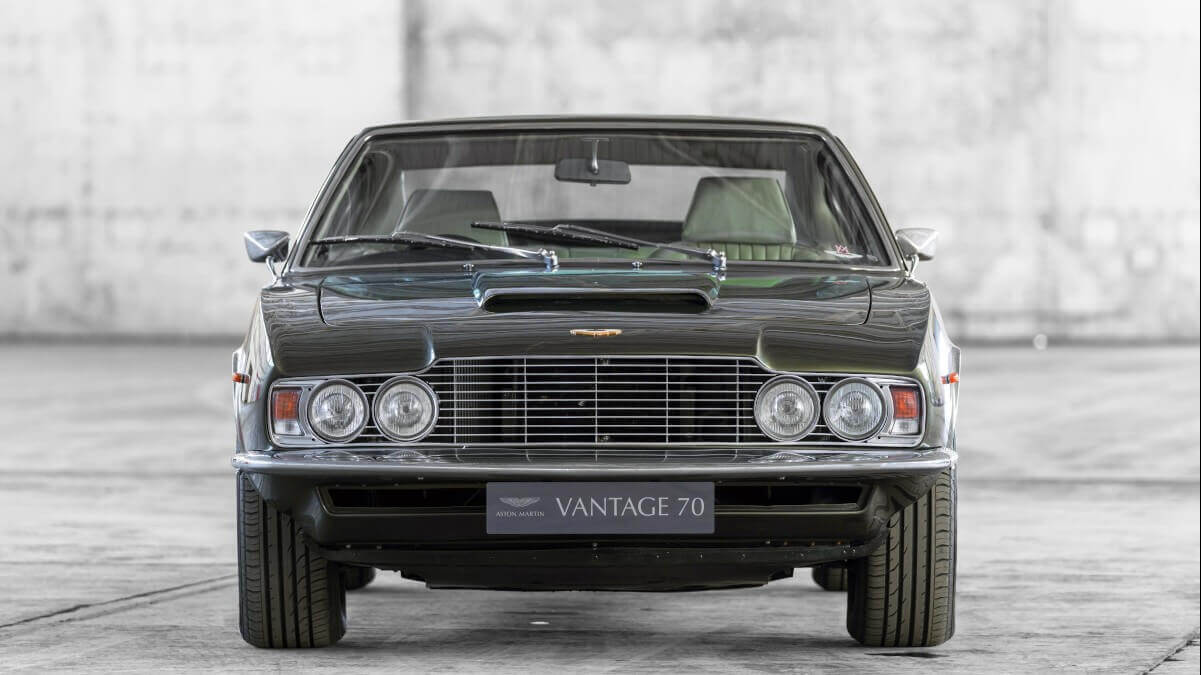



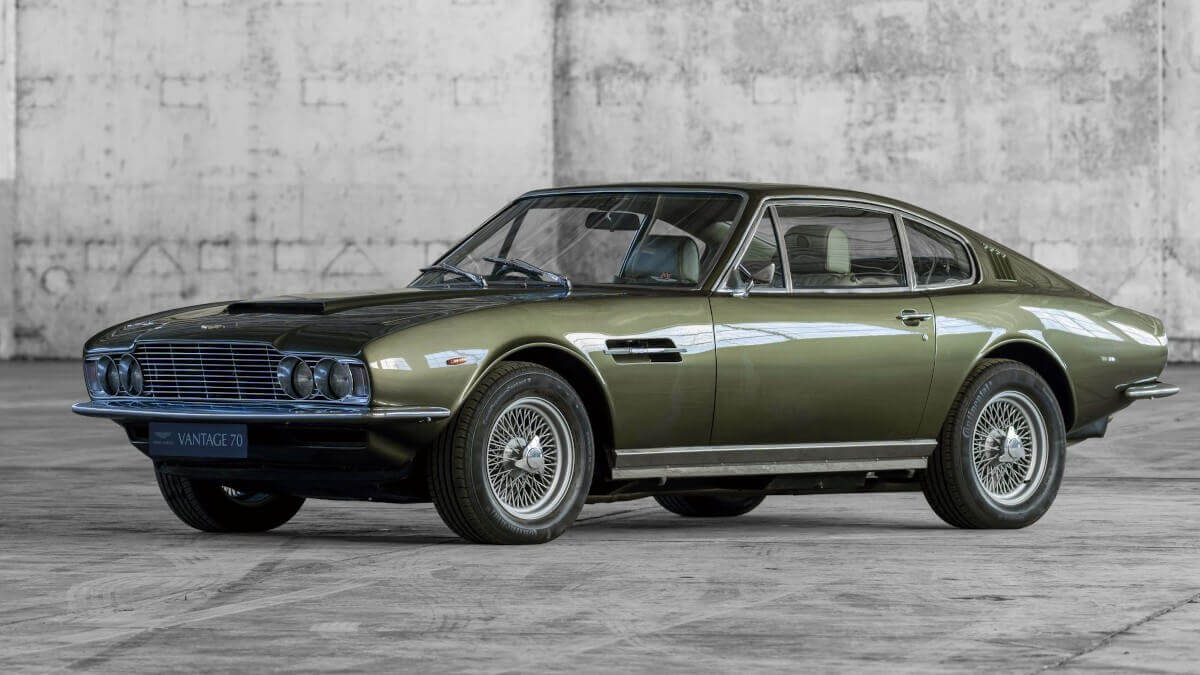



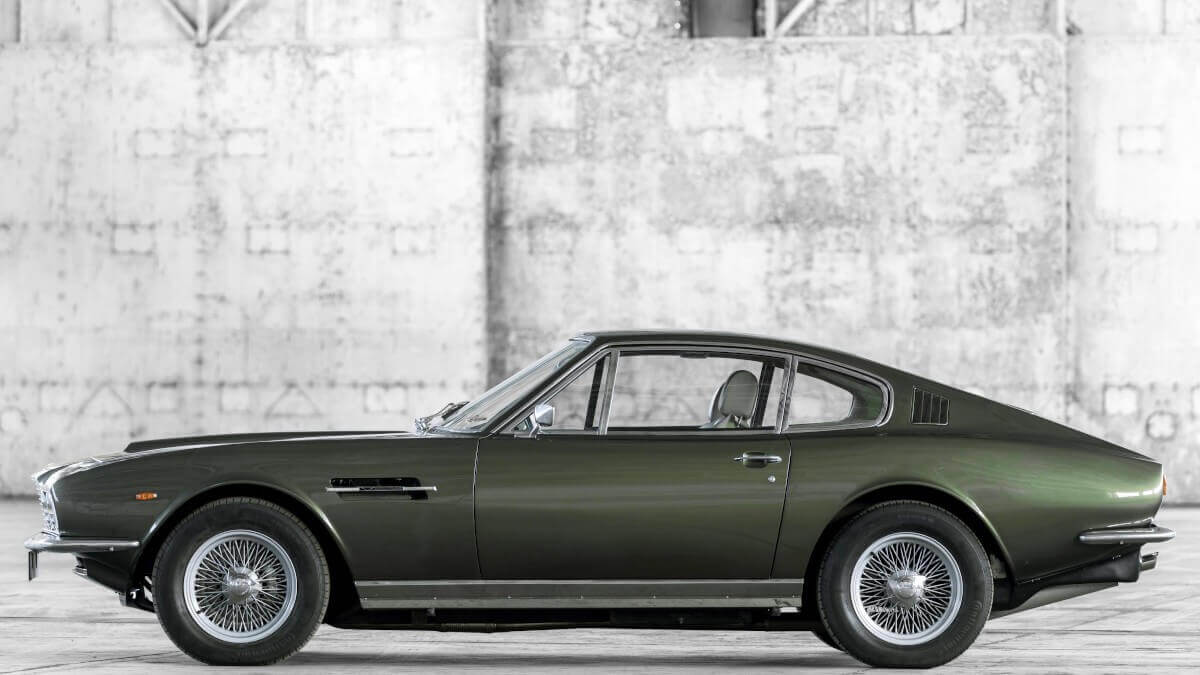



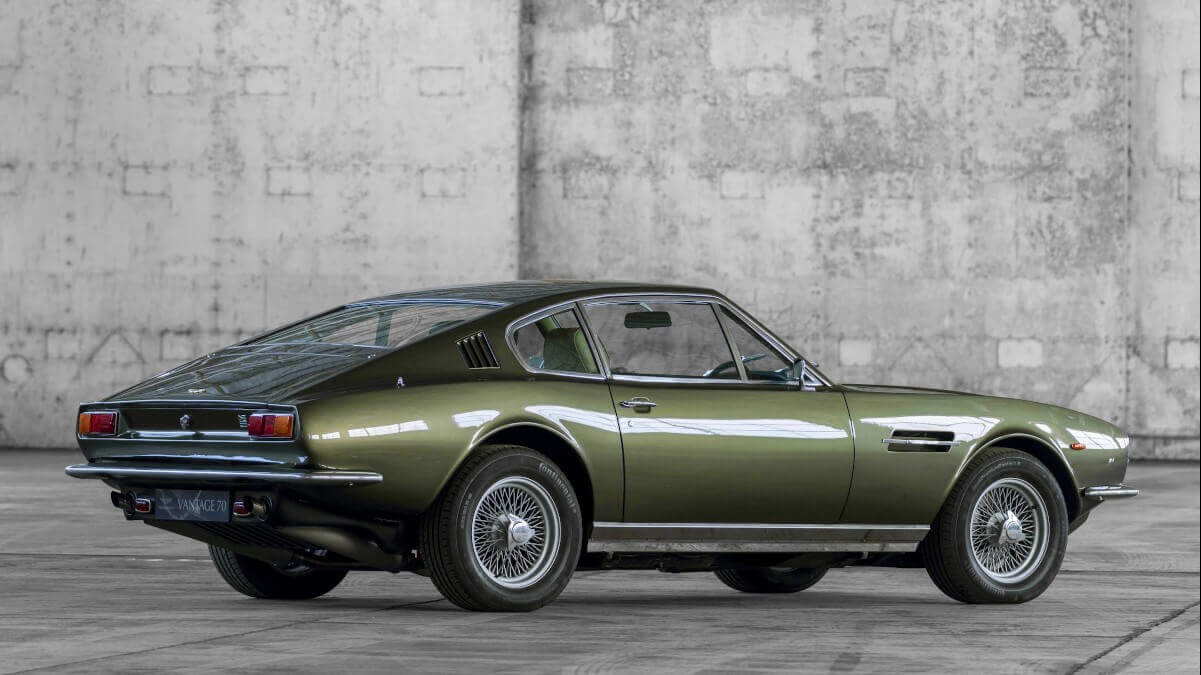



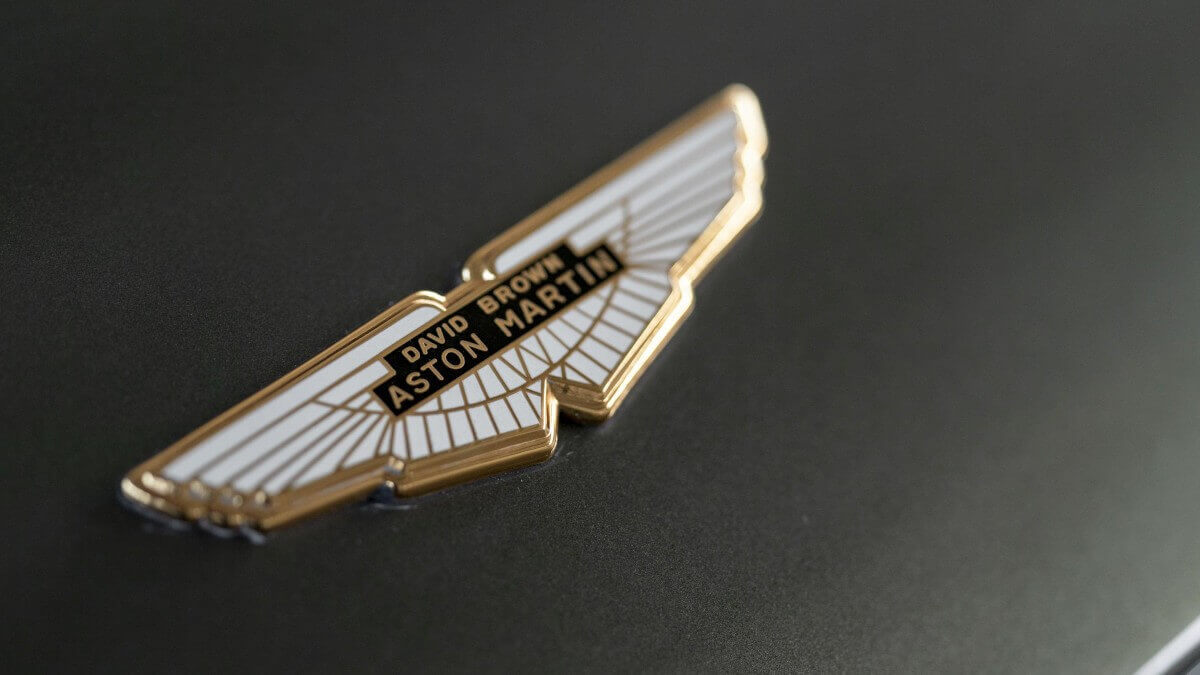



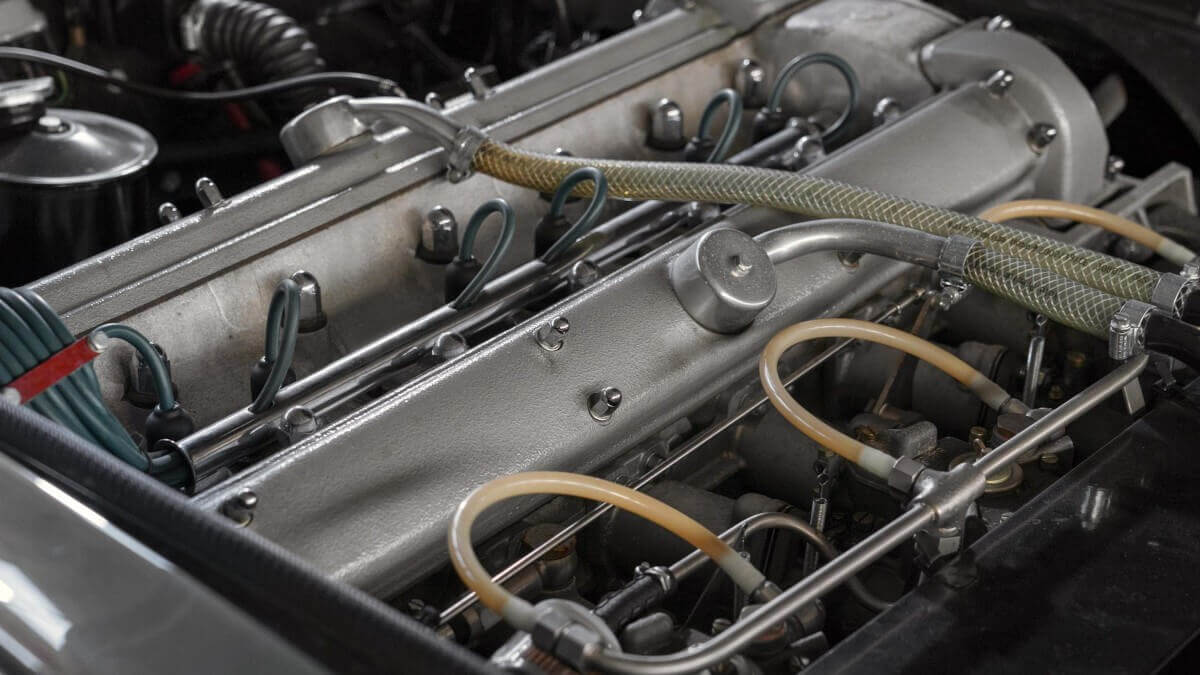



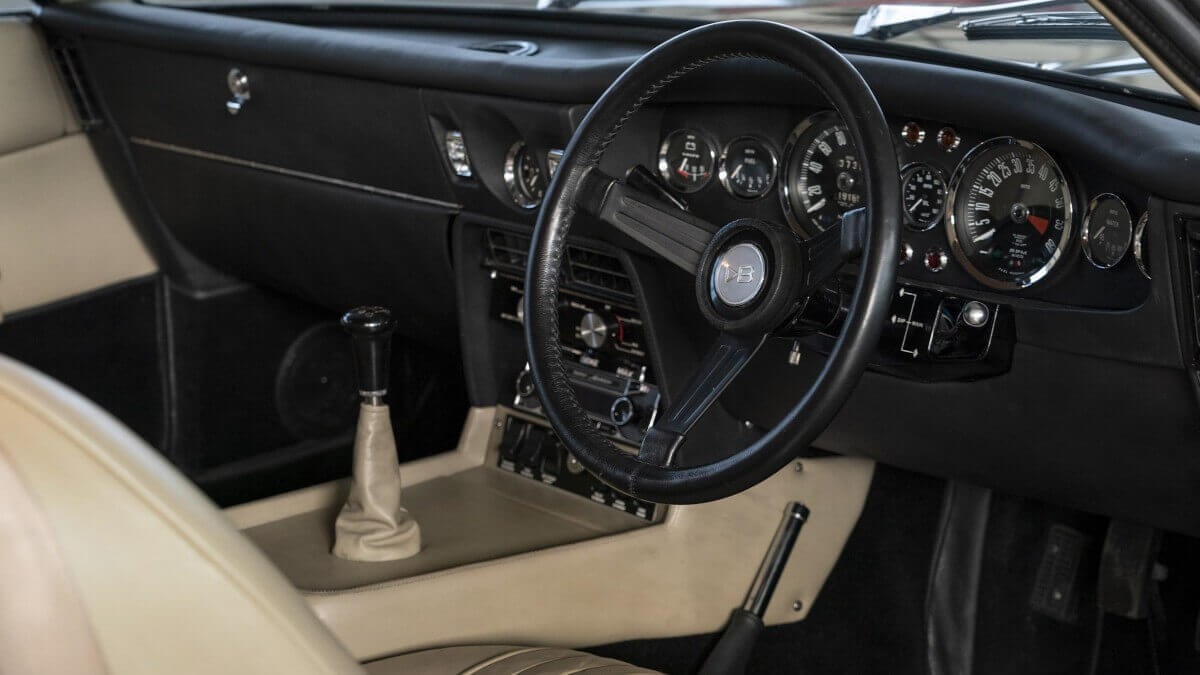



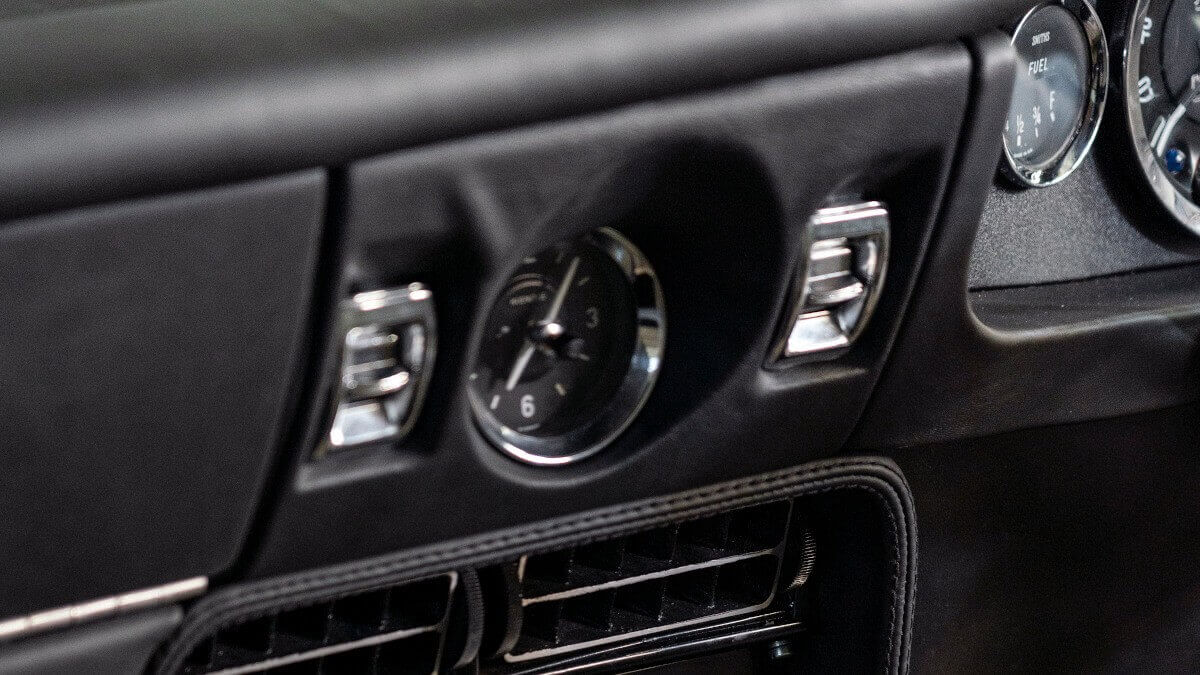



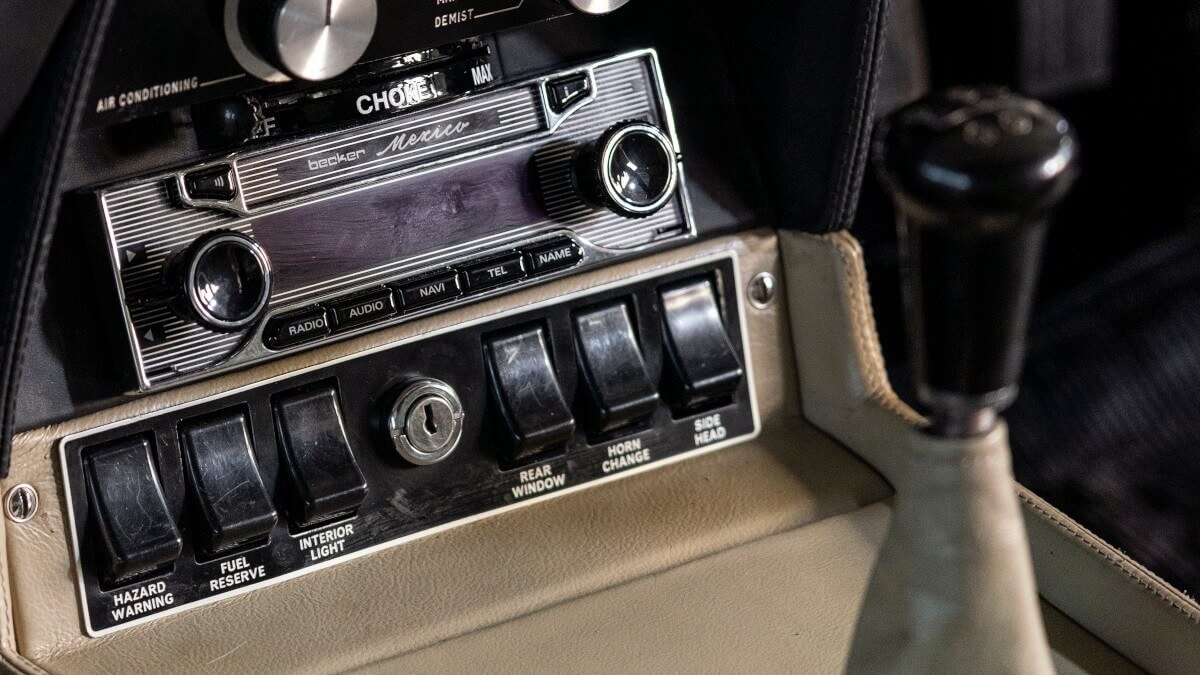



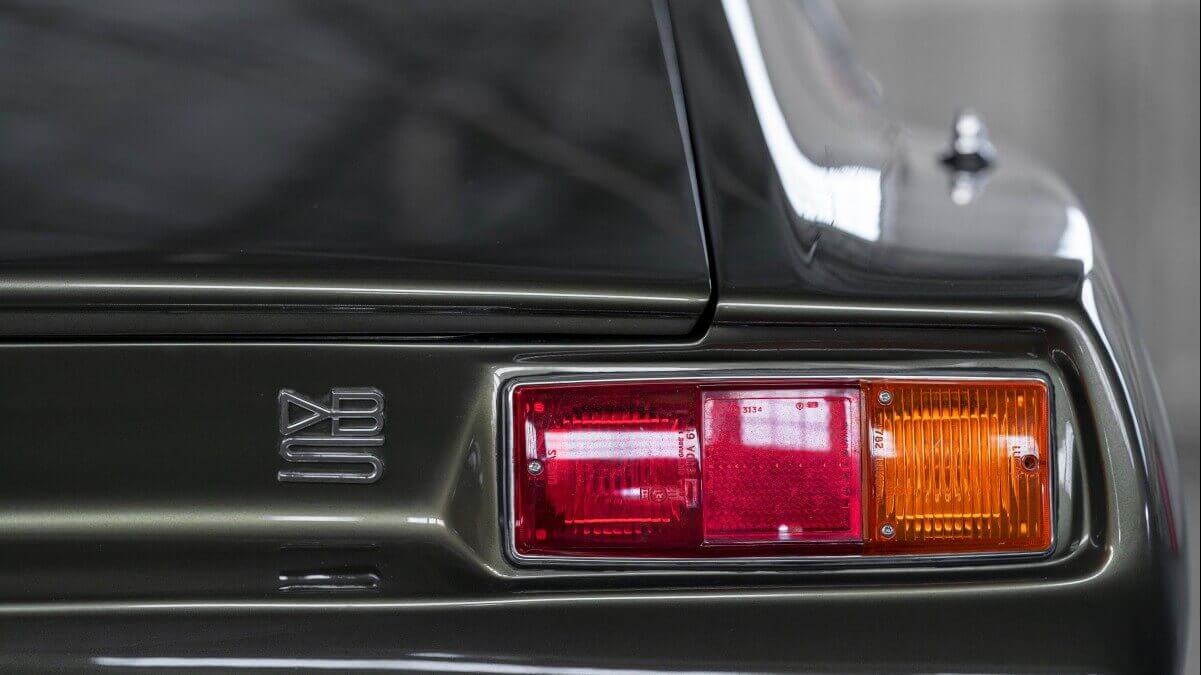



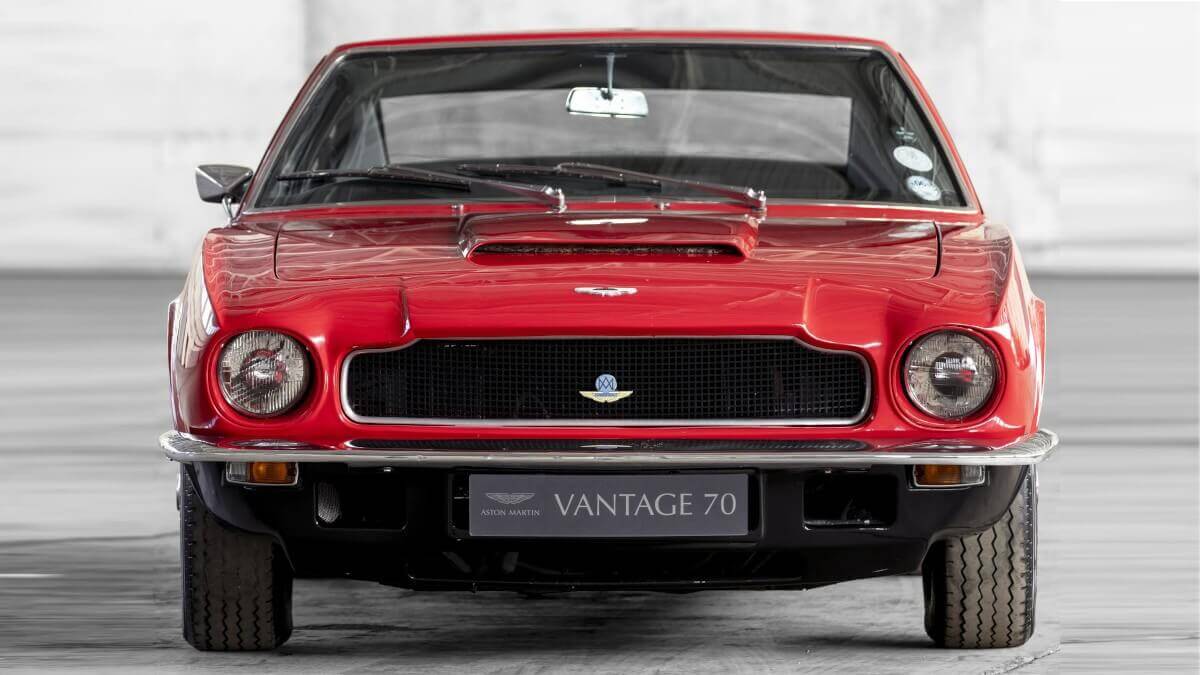



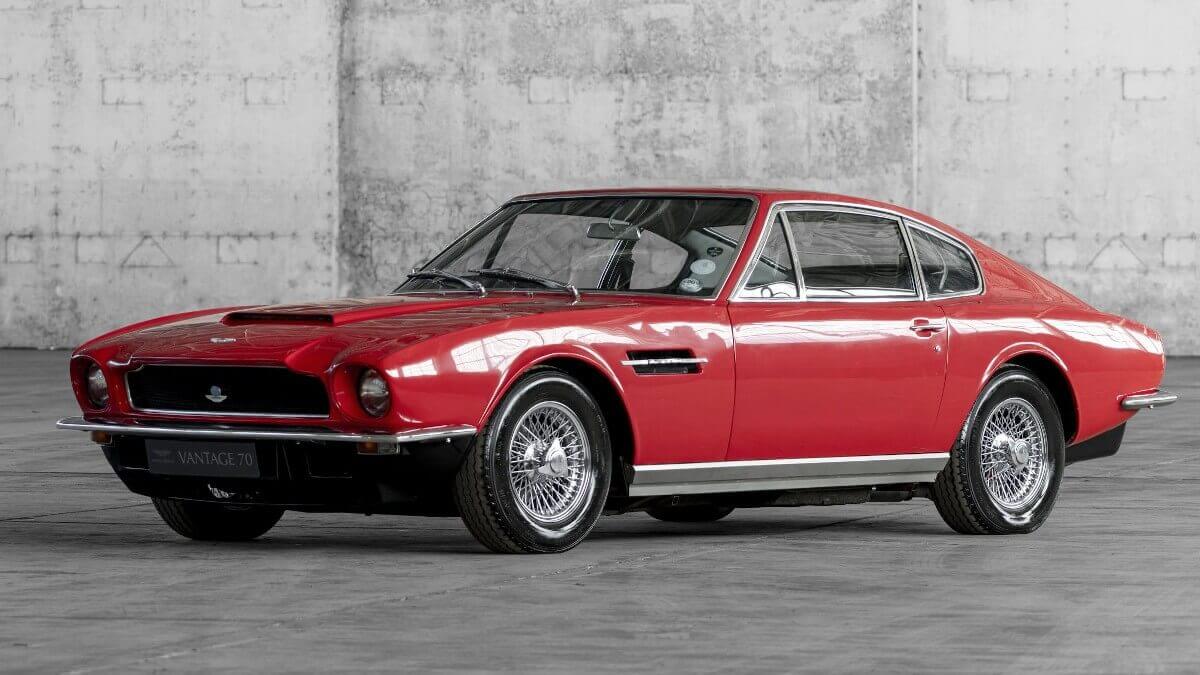



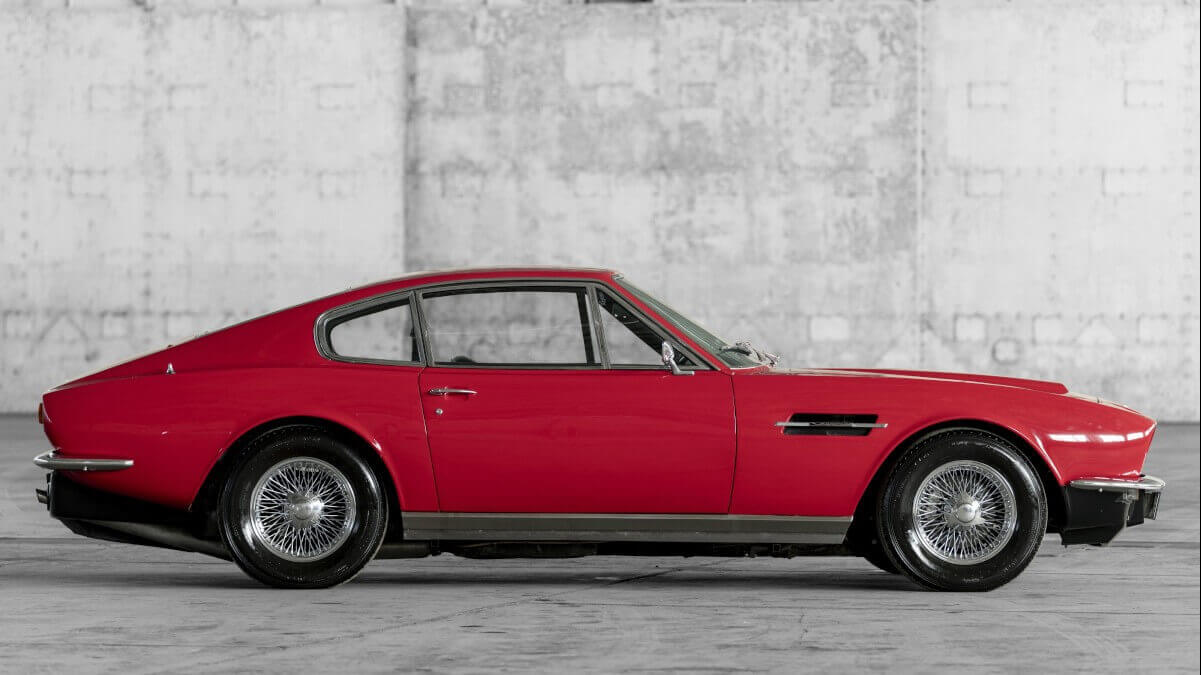



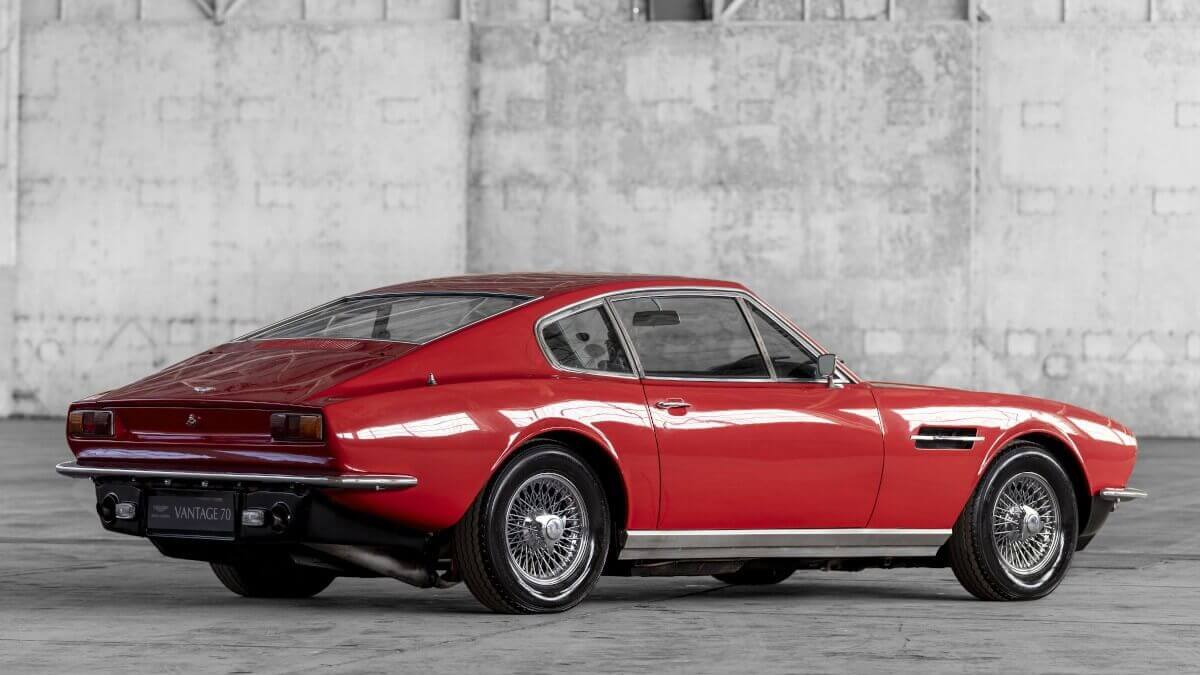



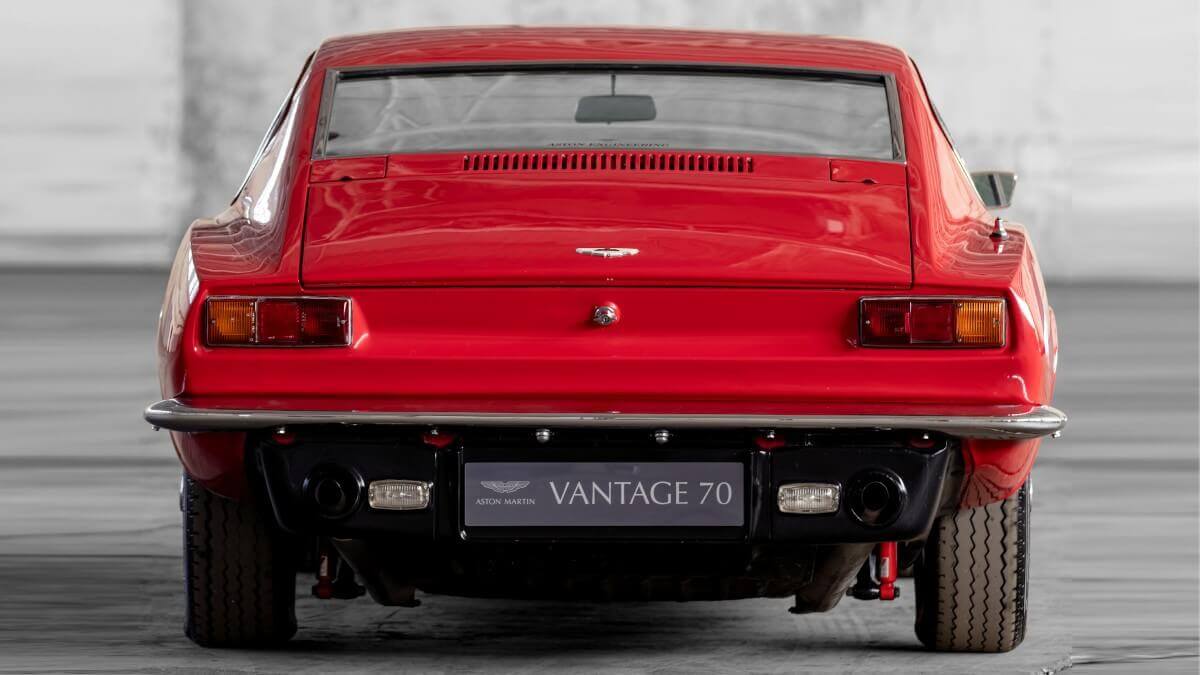



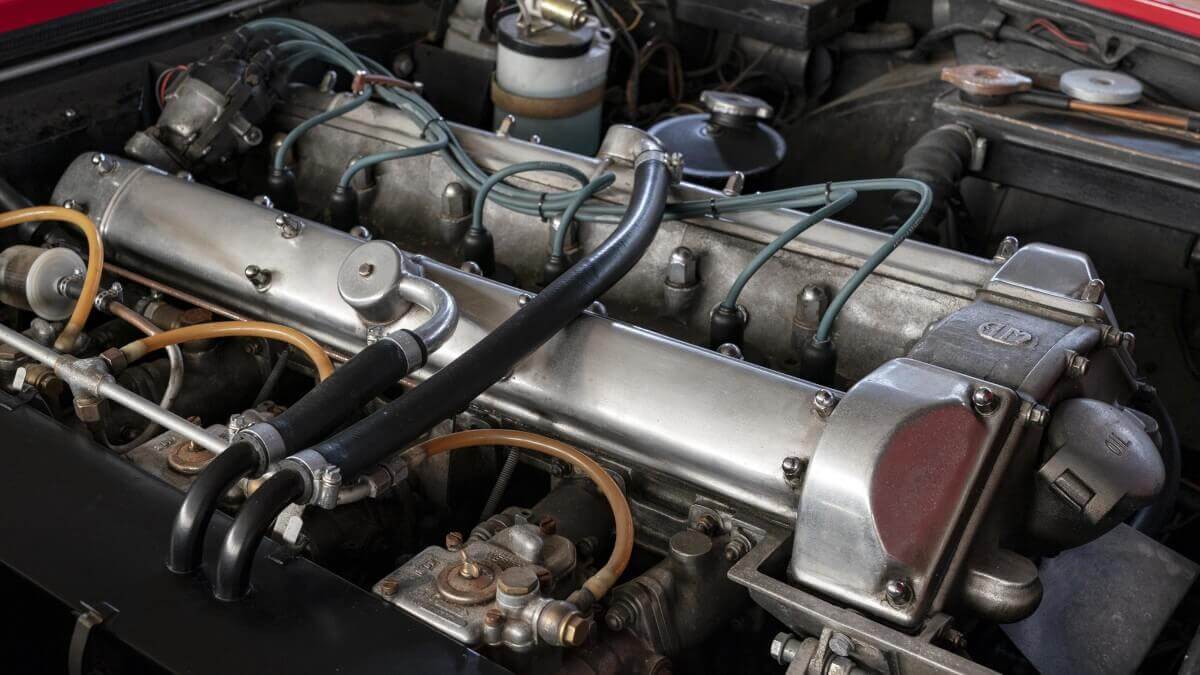



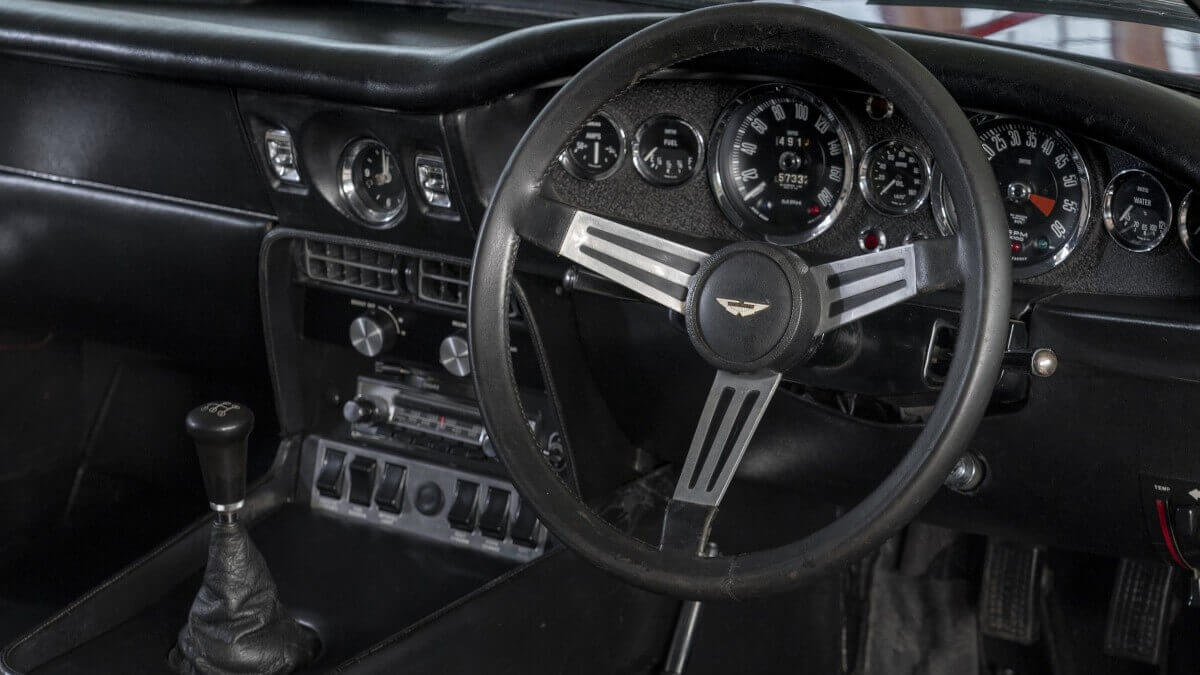



When the DBS made its debut at the Paris Motor Show in October 1967 and was subsequently launched at the dealers, the six-cylinder engine developed by Tadek Marek produced 282 hp. Two years later, the DBS V8 finally followed with 350 hp from 5.3 liters capacity. Tadek Marek had also developed this engine and attached great importance to identical parts with the six-cylinder engine. So the same pistons could be used, which saved costs. With this engine, the performance was finally achieved that was expected from the DBS from the very beginning. With the inline six-cylinder engine, these were inferior to the predecessor model DB6 due to the higher vehicle weight and poorer aerodynamics. Even the Vantage version with 325 hp offered from the beginning couldn’t keep up with the DB6 which was produced in parallel until 1970. While the V8 was only available with a manual transmission, a three-speed automatic from BorgWarner was also available for the six-cylinder on request.
In 1972, David Brown had to sell his company group Aston Martin Lagonda to Company Developments Ltd. after financial difficulties. By this time, 717 units of the DBS with a six-cylinder engine and a further 402 units with V8 had rolled off the production line. The new company owner wanted to avoid any connection with the old boss and therefore renamed the vehicles Vantage (six-cylinder, with or without performance upgrade) and V8 Saloon. in addition, the front end was changed during the model year, switching from the four lights in the radiator grille to two main lights outside the radiator grille. Only 70 units of the Vantage were produced, most of which had already been stockpiled under David Brown and just got new badges. Aston Martin continued to develop the V8 Saloon until 1989. In our picture gallery you will first find ten pictures of a dark green DBS Vantage and then a rare Aston Martin Vantage.
Images: Aston Martin




